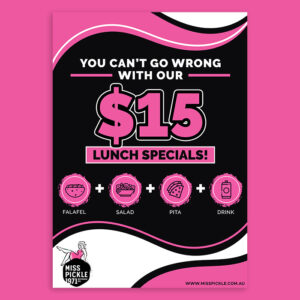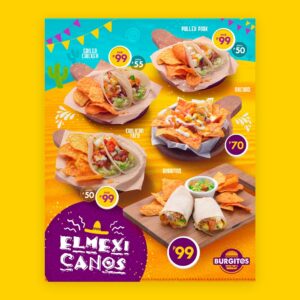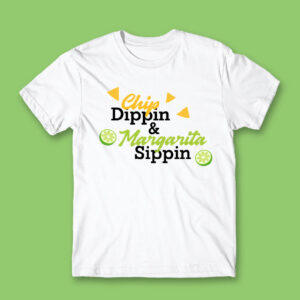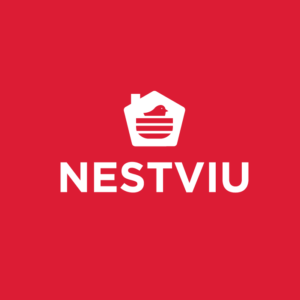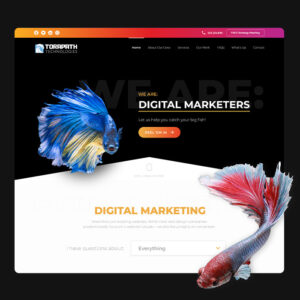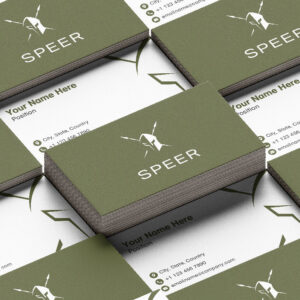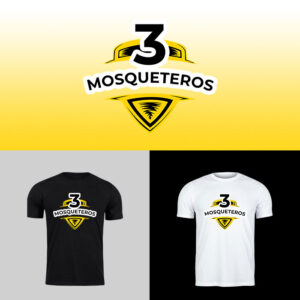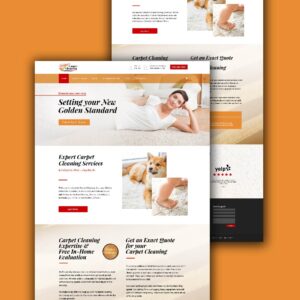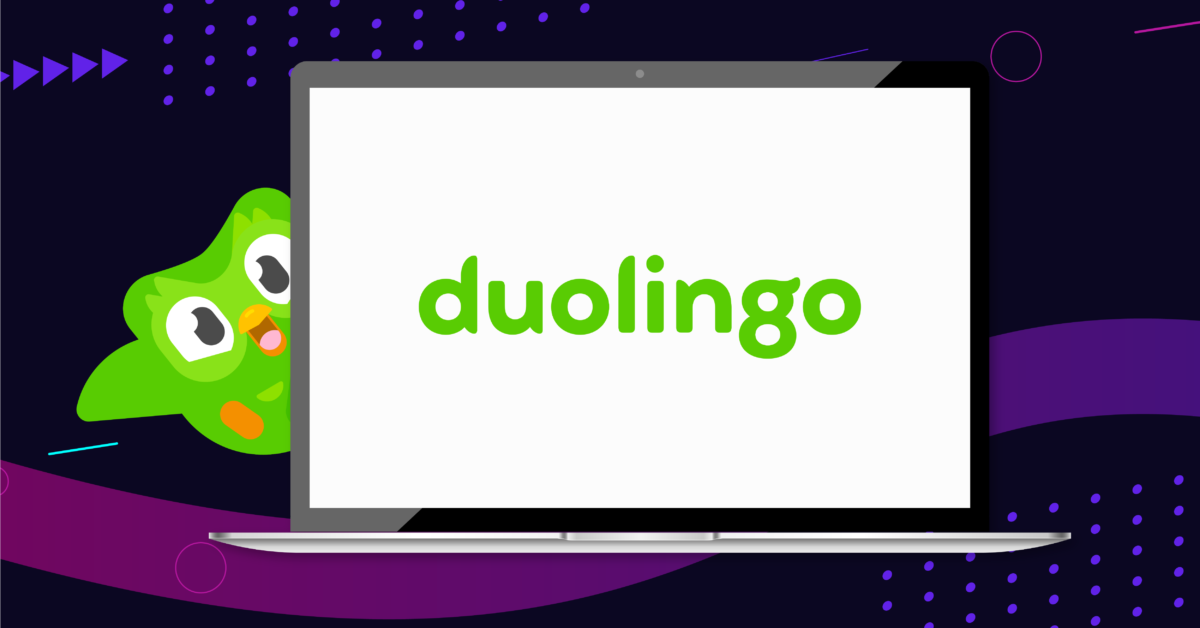
Marketing geniuses abound. However, finding these gems can sometimes mean looking for them in unexpected places. Duolingo may be a language learning app, but it is one that captured the attention of millions. Thanks to its fantastic marketing strategies, it has even cultivated an almost cult-like following and has become a cultural phenomenon. Let’s take a look at how a cute owl took over the world, one language at a time.
Table of Contents
- The Birth of a Language Learning Phenomenon
- Duo the Owl: A Global Sensation
- Mastering the Art of Social Media Marketing
- Gamification and Habit Formation
- Key Takeaways from Duolingo’s Success
The Birth of a Language Learning Phenomenon
Duolingo, the brainchild of Luis von Ahn and Severin Hacker, aimed to teach world languages. They wanted it to be accessible, engaging, and free. Despite this noble mission, it faced marketing challenges in its early days. It had to convince people to trade traditional language learning methods for a digital platform.
It was no easy feat, as the app market was already crowded. To stand out amidst all the noise, Duolingo had to devise innovative marketing strategies. Duolingo then shifted its focus to highlighting its unique selling proposition. This includes free access, gamified learning, and an emphasis on practical language skills.
Duo the Owl: A Global Sensation
At the heart of Duolingo’s success is its mascot, Duo, the owl. Its creation was a strategic move to humanize the brand and connect with its users. It was chosen for its wisdom and intelligence, aligning perfectly with its core value of learning.
They gave Duo a distinct personality: friendly, approachable, and slightly naughty. It had become a powerful brand ambassador that resonated with users of all ages. Duo has become a beloved figure through relatable content, memes, and interactions since its inception.
They incorporated it with a fun personality that made social media its stage. Its antics and constant engagement created a sense of community among Duolingo users. Thus, Duo is seen as more than a mascot, but a friend and companion in learning a new language.
Mastering the Art of Social Media Marketing
What made Duolingo a master of the art of social media is its unique and humorous voice. It has managed to craft a personality that is relatable and entertaining. This led it to develop social media content that isn’t afraid of belching out self-deprecating humor, pop culture references, and witty wordplay.
In addition, Duolingo has perfected the art of using memes, trends, and pop culture to its advantage. It stays updated with the latest online phenomena. This enabled it to produce content that resonates well with its audience. This approach has afforded the brand engagement and helps position it as a cool and contemporary brand.
In summary, Duolingo has successfully built a strong community through genuine engagement with its audience. Moreover, they actively respond to comments, messages, and questions, crucial to forging strong connections with their followers. They also encourage user-generated content, like learning tips or funny language-related stories, to further strengthen the sense of community.
Gamification and Habit Formation
If you want to learn about gamification as a marketing strategy, there is no masterclass to attend than that of Duolingo. Here are a few key elements the brand uses:
- Points and Levels: Users earn points for completing exercises, contributing to their advancement. The progress bar mechanic is a classic in-game design that boosts motivation.
- Streaks: The app rewards users with streak bonuses. This gives them a sense of accomplishment and a hesitation to break the chain.
- Badges and Achievements: Users earn badges when they complete specific tasks or reach milestones. This gives them a sense of progression and recognition.
- Challenges and Competitions: Limited-time challenges or leaderboards keep users competitive and encourage them to push their limits.
- Immediate Feedback: The app gives instant feedback on correct and incorrect answers, reinforcing learning.
These gamification elements all contribute to user retention. Here’s how:
- Motivation: The points, levels, and badges give a sense of accomplishment, which motivates continuous learning.
- Habit Formation: The streak system encourages daily use, making it a routine.
- Engagement: The challenges and competitions add an element of excitement that encourages users to spend more time on the app.
- Satisfaction: The immediate feedback reinforces correct answers, which creates a positive experience.
Furthermore, below are several psychological principles behind Duolingo’s addictive nature, which we all can learn from:
- Variable Rewards: The rewards, such as new badges or challenges, come randomly. These keep users engaged and anticipating the next surprise.
- Loss Aversion: The fear of losing a streak motivates users to continue using the app, even when they’re not really up to it.
- Progress Loops: The constant sense of progression and achievement builds a positive feedback loop that reinforces the habit of using the app.
All of the above have contributed to making Duoling a highly addictive and compelling language-learning software.
Key Takeaways from Duolingo’s Success
Duolingo has sure compiled a list of valuable lessons any marketer would be privileged to have.
Here are the takeaways from its success:
- Gamification is vital: Transforming products or services into game-like experiences can boost engagement and retention.
- Build a strong brand personality: Creating a unique brand voice and character can solidify a loyal customer base.
- Harness the power of social media: Effective social media use can build a community and drive brand awareness.
- Data-driven approach: Understand your target audience’s behavior to help you optimize your marketing efforts and product development.
- Focus on user experience: Design your strategies with the customer in mind.
Thus, using the Duolingo model, your marketing efforts should have a focus on the following:
- Experiential marketing: Create immersive experiences for your customers.
- Personalized engagement: Tailor your marketing messages to individual preferences and behaviors.
- Community building: Always strive to foster a sense of belonging among your customers.
- Data-driven innovation: Use data to craft innovative products and marketing campaigns.
Final Thoughts
Duolingo’s soaring success is a study in crafting effective and innovative marketing. These can be adapted to various industries, specifically those in the fitness, finance, and education sectors. The lessons learned from Duolingo’s rise to fame can inspire business owners and marketers to develop engaging and community-driven experiences. And, as the digital landscape continues to evolve, the Duolingo model can be a shining example of how to build an enduring brand.
About the author

Celeste Zosimo
Celeste is a former traditional animator and now an SEO content writer specializing in graphic design and marketing topics. When she's not writing or ranking her articles, she's being bossed around by her cat and two dogs.

